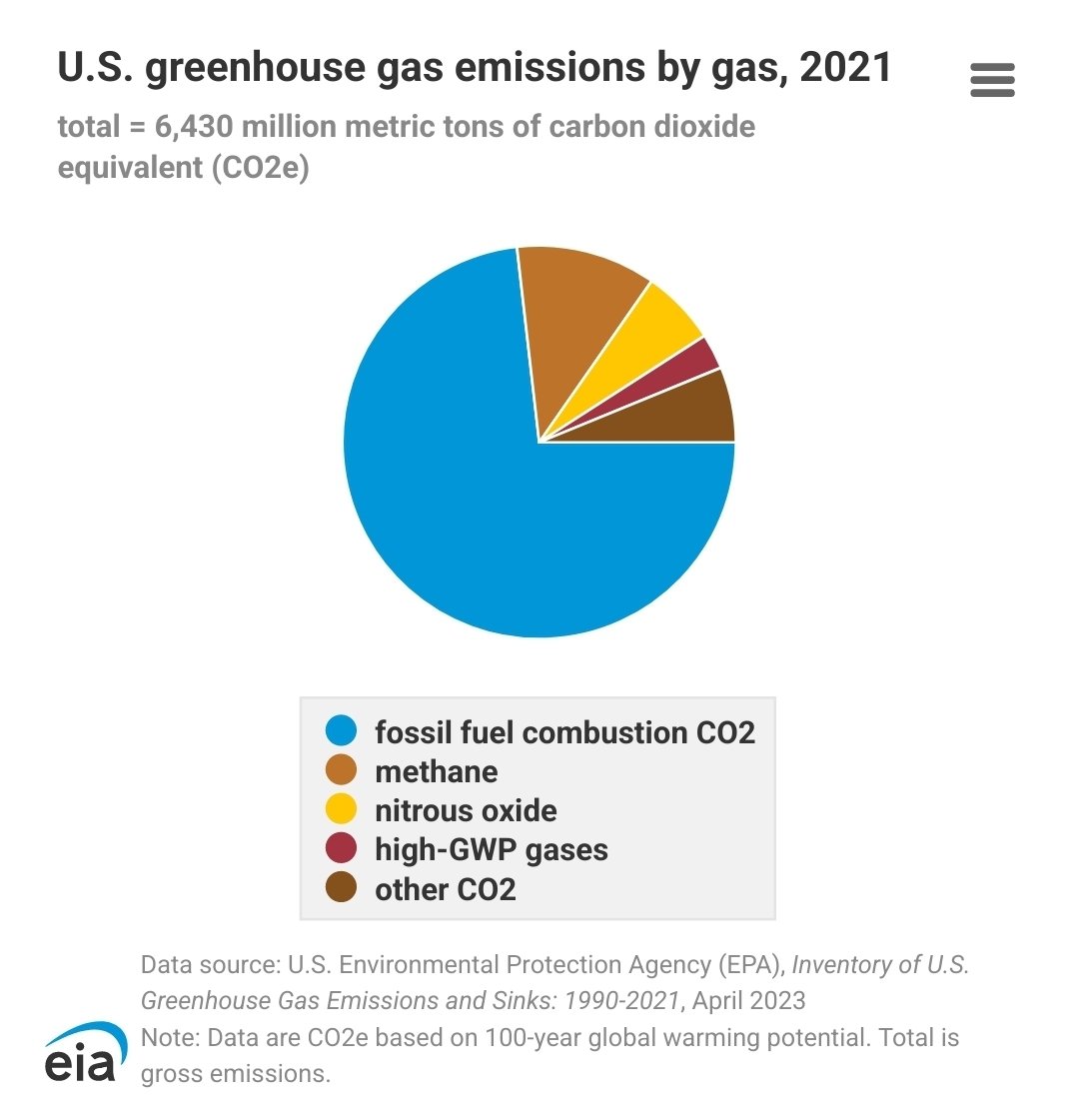We still don’t have affordable alternatives for areas where there is no public transportation or non-car options. A lot of people are barely paying their bills and can’t even consider buying an electric car right now. Not that electric cars are really the answer either. We have a long way to go from where I stand.
deleted by creator
Yeah, like what are we supposed to do when there are few side-walks, work is 30-1hr away at freeway speeds, and public transit is either dirty, unreliable, or unsafe?
Most of us want to do away with our fossil fuel dependancy- but we need better options.
And before anyone says walk or take a bike, that isn’t feasable for everyone
and public transit is either dirty, unreliable, or unsafe?
Or non-existant. See: most of the US (please send help, passenger rail doesn’t exist here and I live less than an hour from a city)
Interesting tidbit about public transport: there are electric busses. Those busses are used in the northern hemisphere, mainly to advertise to the public how “eco friendly the company is” to consumers. Those busses are heated by diesel aggrigators, and require to burn more fuel than what driving a diesel bus would need for the routes. And apparently diesel busses do not require this kind of upkeep when on standby.
A quick search does not yield a single site backing up your claim. Do you have a source?
I live in a nordic country, very proud of it’s nature, and I know bus drivers.
In all honesty, I’d not be surprised if these cases were isolated, but that has been the greivance of these drivers.
The alternatives to this would be a heated hall, or finding a way to power the heating with renewable energy, but then again, diesel is cheaper than the alternative, and most of the passengers have no idea. There isn’t any proper sanvtions to incentivice not doing this, and considering our current ruling parties, probably won’t be either, but I consider this to be something that should be more talked about.
That is not true.
The problem aren’t those who can’t afford green alternatives, the problem are those who can afford too much non-green alternatives. The ecological footprint is more or less proportional to the paycheck. #eattherich
And while the ecological footprint is problematic when applied to individuals, it shows quite good which group of people is the problem.
I’m okay with more rural areas if the cities have a robust public infrastructure and carbon emissions. Over time, rural areas should be integrated more intimately of course.
If I had a bus to take I’d save myself a gas tank at a time.
I feel like hybrid is a good middle ground until we crack some code.
COP28 policy decisions be like
I don’t have any kids so my use of ICE vehicles is guilt free? 🤔
Who says its his biological child? It could be any number of Republicans with one of their child-brides.
Depends on your philosophy. If you believe carbon footprint/population control you should be guilt free. Mind that shell populized the carbon footprint.
could easily swap “fossil fuels” for animal products here.
Except the climate change contribution of all agriculture combined is only a fraction of that caused by fossil fuels.
A lot of agriculture is driven by fossil fuels though. Or, more specifically, fossil fuels in energy and transportation, as well as in fertilizer production.
Probably more so for fruit and vegetables than meat though, crops require diesel farm equipment in virtually every aspect of their production, whereas animals are self propelled
Well except that we first need to use all the sane diesel farm equipment to grow soy and corn crops that we can then feed to those self propelled animals.
In most of the westernised supply chain livestock animals don’t get to propel themselves very far anyway. Where once farmers would drive cattle to market on hoof, now they litteraly drive them in a truck.
Depends where you live, the cattle and sheep where I live just wander around in the paddocks and eat grass for the most part.
Besides, cattle trucks are public transport for cows anyway, very efficient.
That is not how Western cattle farming works. As someone in the industry I can confidently say that no cow sold to a processor get a majority of their calories through grazed uncultivated grassland.
That is a feasible strategy for subsistence farming, but not in our for-profit farming model.
That’s a BIG part of the reason agriculture scores so high on this chart, yeah

I’m not saying that animal husbandry isn’t contributing a lot to climate change, but compared to fossil fuels, it’s absolutely miniscule.
I would love a source on this
A quick search failed to produce an article or study directly comparing the two, so I did each separately.
The livestock sector requires a significant amount of natural resources and is responsible for about 14.5% of total anthropogenic greenhouse gas emissions (7.1 Gigatonnes of carbon dioxide equivalents for the year
Source
 (source indicated under graph)
(source indicated under graph)Livestock pretty much entirely contribute to climate change inherently via methane and incidentally via use of fossil fuel for transport and specialized machinery. If all of the latter went fully electric, that 14.5% could probably go down to 10% if not 5%…
To call 5 to 14.5% the equivalent of 73% is absolute lunacy that smacks of ideological bias, especially since you don’t mention plant farming, which contributes a lot as well.
hmm, I didn’t have any issue finding studies that compare the two; here’s one:
https://www.colorado.edu/ecenter/2022/03/15/it-may-be-uncomfortable-we-need-talk-about-it-animal-agriculture-industry-and-zero-wasteAnimal agriculture produces 65% of the world’s nitrous oxide emissions which has a global warming impact 296 times greater than carbon dioxide. Raising livestock for human consumption generates nearly 15% of total global greenhouse gas emissions, which is greater than all the transportation emissions combined.
Very much cherry picking data points here: nitrous oxide has a higher impact by volume, but the output is infinitesimal compared to CO² and other harmful substances involved in the extraction, processing and combustion of fossil to the point that it’s still a TINY problem in comparison.
As for this part
15% of total global greenhouse gas emissions, which is greater than all the transportation emissions combined
That’s just a flat out lie.



Source:

The problem I see here is that it measures greenhouse gas emissions, but not “net greenhouse gas emissions”, which is much more important.
For example, “crop burning” contributes to the CO2 emissions short-term, but not long-term. Still they list it as “3.5%” of emissions.
“I love you at a surface level, but scratch a little bit deeper and all you’ll find is mindlessness.”
“I engage in societally acceptable performative displays of responsibility and affection but won’t actually take meaningful action to help you 😘”
This is dark. I love it.
More acceptable to me than claiming one and doing the other.
So what does this mean? He’s not going to give her a ride to school every day? Or he’ll do it, but on his bicycle.









